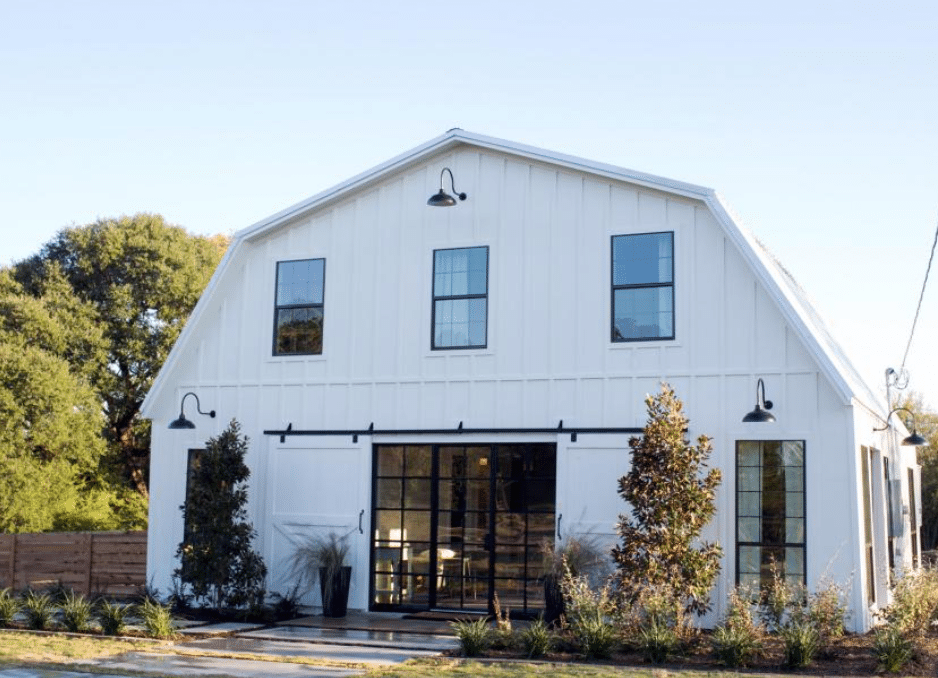Barndominiums Vs. Conventional Residences: a Thorough Contrast of Lifestyle and Performance
The choice between barndominiums and conventional homes includes various aspects, including way of living preferences and practical demands. Barndominiums are defined by their open layouts and flexibility, frequently appealing to those who focus on common living and convenience.
Introduction of Barndominiums
Barndominiums, an unique housing fad acquiring popularity throughout numerous regions, blend the rustic appeal of barn-style architecture with the performance of modern space. These one-of-a-kind structures usually contain a steel or timber structure, integrating open floor strategies and high ceilings with energy-efficient functions. Commonly located on large country buildings, barndominiums use home owners the possibility to enjoy a peaceful way of living while giving enough space for various tasks.
The convenience of barndominiums prolongs beyond their aesthetic appeal; they can serve as both living quarters and practical areas for leisure activities, workshops, and even local business. Their adaptive design enables very easy personalization, suiting varied family members requirements and choices. Lots of owners value the reduced upkeep needs connected with metal home siding and roofing, adding to long-lasting sturdiness.

Attributes of Traditional Homes
Emphasizing classic style and comfort, standard homes are characterized by their unique architectural styles, which usually reflect historic influences and regional aesthetic appeals. Usual features include in proportion exteriors, gabled roofing systems, and a focus on workmanship, leading to a cozy and inviting environment.
Typical homes usually integrate aspects such as crown molding, wainscoting, and wood floor covering, boosting their traditional appeal. They commonly feature numerous rooms with defined objectives, promoting household interaction while permitting personal privacy. learn more. The design typically includes official living and dining areas, which contribute to amusing visitors and organizing household celebrations
Outside products such as block, wood, or stone are often used, contributing to durability and a feeling of permanence. Barndominium repair. Additionally, numerous traditional homes are made with front verandas or stoops, promoting a sense of community and connection with the community
Landscaping plays a considerable role in traditional home style, with properly maintained yards and paths that improve visual charm - click here. On the whole, traditional homes embody a sense of fond memories and security, appealing to those that value heritage and a much more structured living atmosphere
Expense Contrast
Commonly, an expense comparison between barndominiums and typical homes discloses substantial distinctions in building expenses and general financial investment. Barndominiums, commonly created from steel or steel structures, typically sustain reduced product and labor prices than traditional homes built from timber and brick. The simplified style of barndominiums can equate to minimized building times, better lowering labor costs and accelerating occupancy.
Usually, the cost per square foot for a barndominium varies from $100 to $150, while conventional homes can differ commonly, normally dropping between $150 and $300 per square foot, depending upon area, products, and design complexity. This price disparity makes barndominiums an appealing option for budget-conscious buyers seeking bigger space without giving up quality.
Additionally, barndominiums may lead to lasting cost savings through reduced upkeep costs, energy effectiveness, and insurance rates. Their long lasting construction products often call for much less maintenance with time contrasted to traditional homes. It is necessary to consider that while preliminary costs may be reduced for barndominiums, the final financial investment will additionally depend on individual modification and preferred amenities, which can affect the general expense in both real estate kinds.
Way Of Living and Space Factors To Consider
When thinking about way of living and space, barndominiums provide an unique versatility that attract a selection of house owners. These hybrid structures integrate residential dealing with useful area, usually including open flooring strategies that can be adjusted to suit private demands. This versatility is specifically beneficial for families or people seeking a customized living setting, enabling for varied usages such as home workplaces, workshops, or leisure areas.

In addition, the aesthetic charm of barndominiums can deal with both rustic and modern preferences, making them a versatile selection for different design choices (Barndominium builder). Inevitably, the option between a barndominium and a traditional home typically depends upon just how well each option aligns with the property owner's way of life aspirations and spatial needs, highlighting the click here to find out more value of considering personal concerns in the decision-making procedure
Environmental Influence and Sustainability
The environmental effect and sustainability of barndominiums present compelling benefits contrasted to typical homes. Largely created from steel and various other durable materials, barndominiums are usually built utilizing recycled resources, decreasing the need for brand-new products and lessening waste. Their style normally stresses open areas, which can result in lower power usage for heating and cooling contrasted to conventional homes with even more fractional designs.
Additionally, barndominiums can include lasting attributes such as photovoltaic panels, rain harvesting systems, and advanced insulation strategies, boosting their energy efficiency. The versatility of their layout permits home owners to incorporate these modern technologies a lot more effortlessly than in numerous conventional homes, which may call for considerable retrofitting.
Additionally, barndominiums typically need less resources for construction due to their easier, more effective layouts (click here to view). In general, barndominiums represent a forward-thinking strategy to sustainable living, straightening with contemporary environmental top priorities.
Verdict
In summary, the choice between barndominiums and conventional homes pivots on specific lifestyle preferences and functional needs. Barndominiums, with their open layouts and lasting materials, cater to those seeking adaptability and common living.